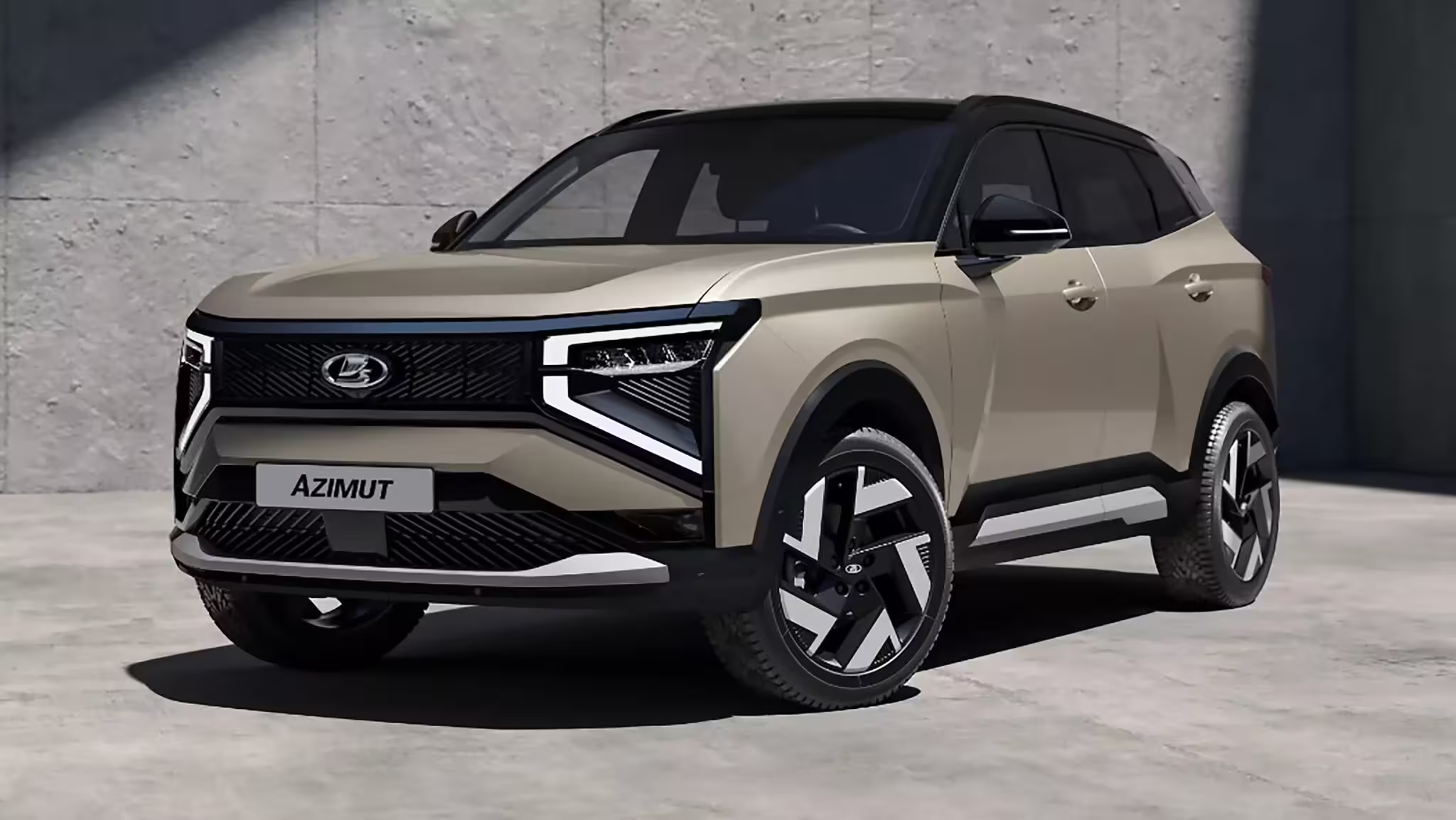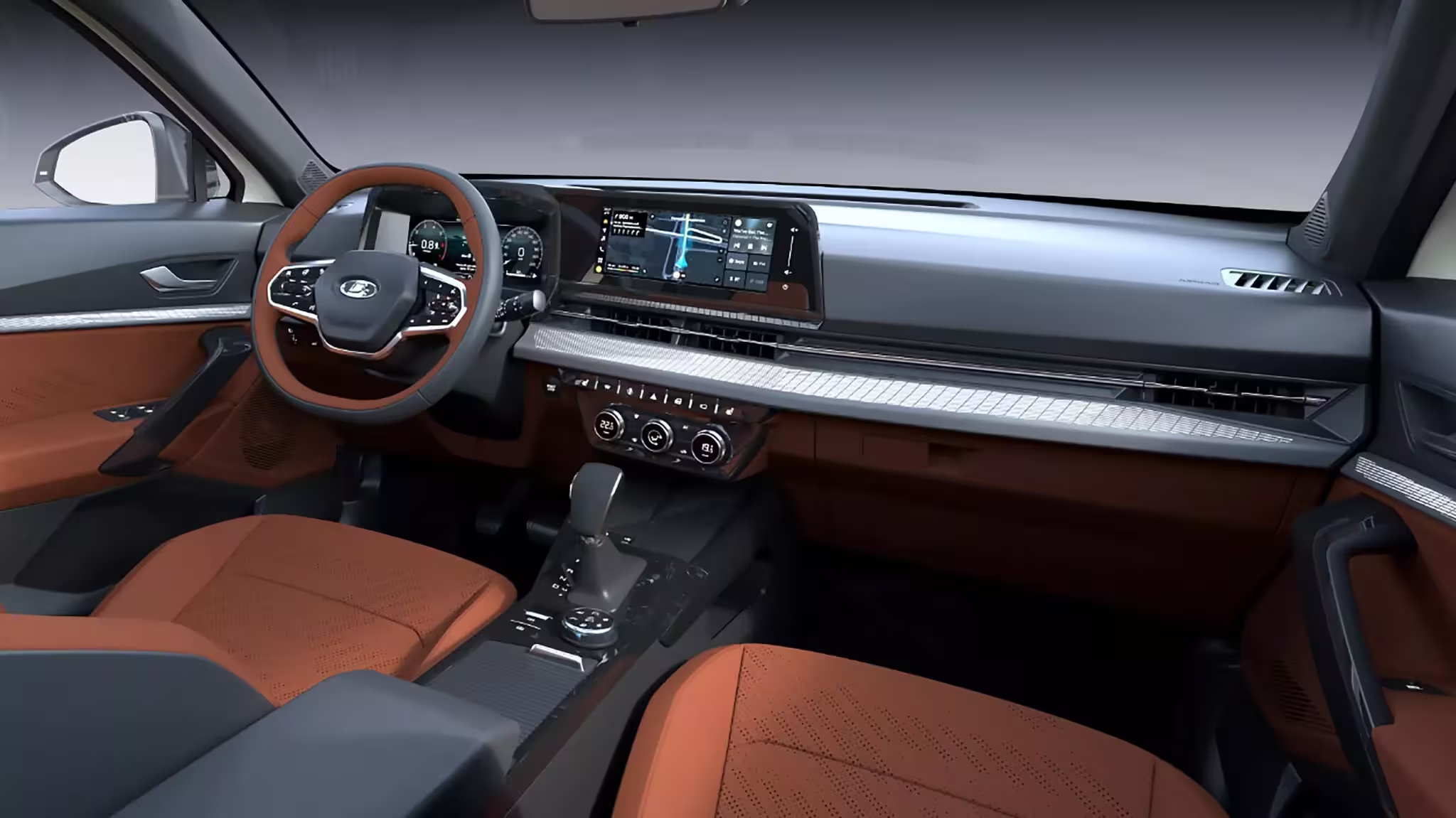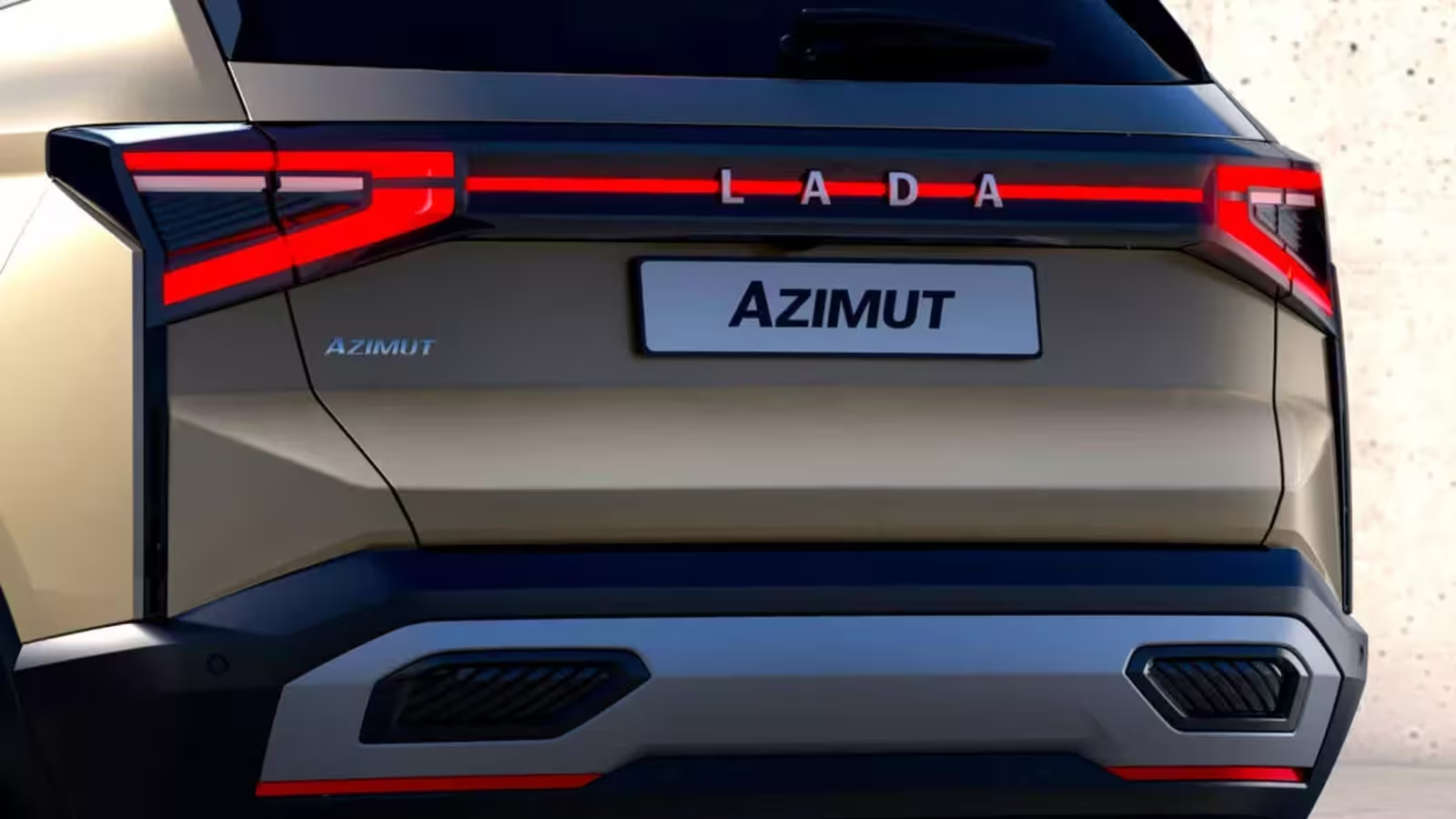4 Minutes
Lada Unveils the All-New Azimut SUV: A Bold Leap Forward
Despite ongoing geopolitical challenges and strict international sanctions owing to the conflict in Ukraine, Russian automaker Avtovaz has made a bold statement with the launch of its latest SUV, the Lada Azimut. This marks the brand's first all-new crossover debut in nearly thirty years, signaling a significant milestone in the evolution of Russian automotive engineering.
Russian Design and Development: The Birth of the Azimut
Instead of delivering a next-generation Niva as previously anticipated, Lada astonishes the market with the Azimut, a five-door SUV that blends rugged sophistication with contemporary design. Scheduled for release in 2026, the Azimut is a testament to Russian automotive resilience, having been entirely conceived, engineered, and built within Russia’s borders.

Modern Styling with a Competitive Edge
The Lada Azimut exudes a fresh, modern appeal that stands in direct competition with established models like the Dacia Duster and Bigster. It sports a striking upright front fascia adorned with the iconic Lada X-motif, flanked by advanced LED headlights that elegantly merge with a refreshed grille and pronounced bumper intakes. Sharp fender creases, stylish 18-inch alloy wheels, and a bi-tone paint scheme with subtle plastic cladding give the Azimut a dynamic silhouette. At the rear, a full-width LED light bar connects the taillights, while an aluminum-look insert on the bumper with decorative outlets adds a touch of sophistication.
Interior Design and Features: Practical Yet Understated
The Azimut's interior showcases a practical, albeit conservative, approach. The digital driver’s cluster is paired with a sizable 10-inch infotainment touchscreen. Navigation and a virtual assistant are integrated, courtesy of a software partnership involving Russian tech companies Sber and Navio. Standard amenities include a six-speaker audio system, rear-view camera, and keyless entry.

Comfort and Technology
For those seeking additional luxury, the Azimut offers a suite of optional upgrades: wireless charging, panoramic roof, dual-zone climate control, heated side windows, 360-degree camera, and an electrically operated tailgate. Smart storage solutions are scattered throughout the cabin, while drivers benefit from electrically adjustable seats and steering wheel. The center console features a rotary dial, allowing drivers to easily toggle between different terrain modes.
Engine Options and Performance
At launch, the Azimut will be available with a range of gasoline engines. Choices include a 1.6-liter naturally aspirated engine producing 120 hp and a 1.8-liter variant delivering 132 hp, paired with either a six-speed manual gearbox or a continuously variable transmission (CVT). For those desiring greater performance, Lada plans to introduce a 150-horsepower turbocharged engine with an automatic transmission at a later date.
The Azimut is built on a significantly revised version of the well-established Vesta platform, featuring a new rear suspension and impressive 208 mm (8.2 inches) of ground clearance—a specification that positions it favorably among modern crossovers. During its three-year development cycle, nearly 1,000 unique or updated components were introduced to elevate the vehicle’s body, cabin, and chassis.
Drivetrain and Off-Road Capability
While the Azimut flaunts numerous off-road styling cues, it is expected to launch primarily as a front-wheel-drive model, akin to the Vesta sedan and SW. However, Lada hints at the future possibility of an all-wheel-drive variant and continually markets the SUV’s “all-terrain concept” and “cross-country capabilities.” Even without AWD, the high ground clearance, robust build, and terrain selection drive ensure it is ready for adventurous journeys.
Pricing, Market Positioning, and Competition
Production of the Lada Azimut is set for 2026 at the Togliatti manufacturing facility. Given current geopolitical circumstances and export constraints, the Azimut’s launch will be confined to the Russian market for the foreseeable future. Pricing is expected to fall between 2.5 and 3 million rubles (approximately $31,900 to $38,300), making it Lada’s priciest offering to date.
How the Azimut Compares
To illustrate its premium positioning, consider that the classic Niva Legend starts at 1,059,000 rubles (~$13,500), and the Niva Travel is priced at 1,314,000 rubles (~$16,700). The Vesta sedan and SW span from 1,239,900 to 2,197,000 rubles (~$15,800 to $28,000). The Azimut, therefore, not only leads in luxury and features among Lada’s fleet but also signals a major leap in ambition and market direction.
Lada Azimut: A New Chapter for Russian SUVs
The arrival of the Lada Azimut signals the dawn of a new era for the Russian automotive industry. Marrying contemporary SUV design with impressive engineering, it offers car buyers a credible alternative to Western and Asian rivals at a competitive price point. Whether you’re an automotive enthusiast or simply searching for a robust, feature-rich crossover, the Azimut is a name to watch in the coming years.
Source: carscoops



Comments